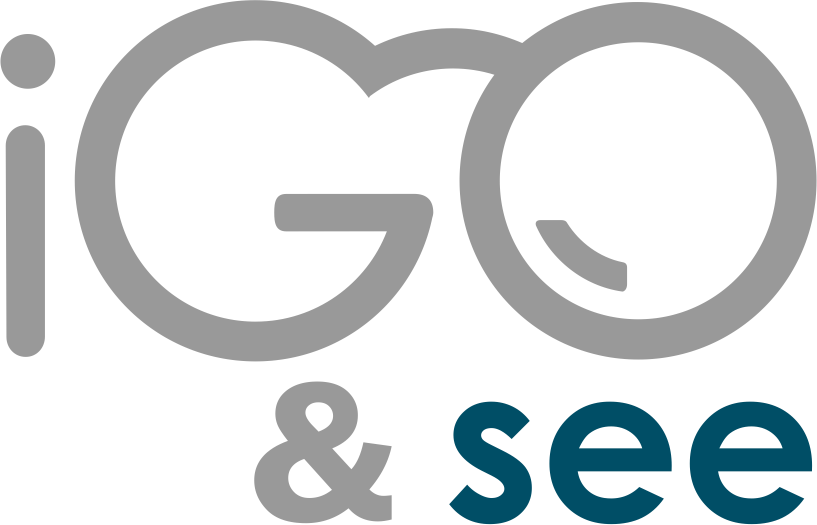The term “autonomation” is one of the first to be mentioned when reading the original Toyota Production System books. This term was coined even before producing cars. When Toyoda Sakichi was making cloth.

The problem that gave rise to this was the following: Looms work by weaving thin cotton threads together to shape the fabric. The looms of 100 years ago were sophisticated mechanical devices, but they lacked the ability to detect abnormalities. The most common, that a thread broke.
When this occurred, the loom continued to operate, producing inferior quality cloth. To avoid this, it was necessary to have a worker continually reviewing the operation to manually stop the machine when he noticed a broken thread, rethread and restart the operation.
This meant resigning themselves to inferior quality and low productivity by having many workers only “watching closely” the operation of the machine. Mr. Toyoda was not satisfied with this situation and proposed to implement a device that would allow the machine to detect abnormal conditions, «the breaking of a thread» and automatically stop so that the operator could put the thread back in its place. .
The term that I coined was «Autonomation» since it distinguished an important difference from the term «Automation» or «Automation» and it implied giving «intelligence» to the machines to be able to detect when something was not right.
The motivation behind this innovation was to ensure the quality of the product from the beginning and not have to inspect the fabrics produced later. However, there was another additional benefit that turned out to be very relevant. Since each Autonomation machine could take care of itself in terms of ensuring the quality of what it produced, the need to have a dedicated worker on that task was eliminated.
Now, a single worker could take charge of a group of machines since they would automatically stop when the thread broke and an «Andon» signal would be activated to require the immediate assistance of the worker. The effect on productivity was enormous.

The term «Autonomation» later evolves to «Jidoka» to refer to one of the pillars of the Toyota production system: Quality at the source. If we analyze the innovation made, we realize that it goes beyond just adding additional devices to the machine to obtain a benefit.
The change is deeper. It is a management change. The way people manage assets is being affected. The operation of the machines continues to be monitored directly at the source, but no longer by people, but by devices that will be in charge of notifying immediately when the situation is not normal.
With this, people no longer need to do this task (which does not add value) and can dedicate themselves to other things until their intervention is required. If we generalize, we find interesting conclusions.
Having people just monitoring machines is wasteful, but so is having people monitoring other people. That’s something we’ll have to do at least as long as we don’t implement a mechanism that does it for us. Such a mechanism would have a very significant effect on managerial productivity. Just as it is important to the worker that the machine does exactly what it is supposed to do and to ensure that corrective action is taken when it does not, it is also important to the manager or supervisor that the people in charge do what it is supposed to do. what they should do and be ready to intervene when they don’t.
Since there is no «Autonomation» that gives Gemba the intelligence to detect abnormal situations in what people do, then the manager needs to do more direct supervision: meetings, audits, Gemba tours, and this will consume most of his time. time. In an ideal world, we wouldn’t need to monitor employees, but in the real world, we just can’t assume that everything is going to happen the right way. Supervision is a waste that we cannot completely eliminate, therefore it must be reduced to a minimum or automated.
What if we had an intelligent system that autonomously and permanently monitors all the key activities in Gemba? This is where Lean 4.0 comes in. A system that makes “No news is good news” effective.
For example:
- The system knows all the preventive maintenance activities to be carried out on the machines that are in my area and also checks if they are being carried out on time. Otherwise, it automatically lets me know the abnormality to intervene.
- The system knows the minimum OEE necessary to meet production targets and delivery commitments and is continuously monitoring the availability, performance and quality metrics of each process. If the OEE drops to a level that jeopardizes commitments, you notify me immediately.
- The system monitors the replenishment times of the kanban cards and if they are taking more than used for the calculation and the inventory level is at risk, it generates an alarm that I can receive wherever I am.
- When a corrective action that should have been completed by a certain date hasn’t been done, I find out immediately on or before the due date so I can take action to prevent it from being due.
- My employees must continually verify that all regulatory requirements are met, that improvements are sustained, and that we have a safe work area.
If those checks stop being done, I want to know immediately. A system that does this for me would save me a lot of time and effort.
Such a system should use mobile apps, cloud computing, artificial intelligence and Big data, all these technologies developed with the industry 4.0 movement and well implemented would free management groups from routine tasks that do not add value, allowing them to free up valuable time to dedicate to more strategic themes and it would also have another very positive side effect: it would make things happen! It has been shown that when people know they are being monitored, they tend to behave in the right way.
Thus, cameras in nurseries modify the behavior of the people in charge of the children, in the streets, radars make drivers respect the speed limit, Autonomation 4.0 would cause people to make an effort to comply with the rules in time and shape to avoid drawing attention the wrong way.
And if we consider that most problems occur because something that should have been done was not done or was done incorrectly, many of those problems simply stop appearing. The “autonomation” in Lean 4.0 is perfectly compatible with the principle of the original Autonomation. From Mr. Toyoda we learned that by giving machines intelligence we can make them work for us.
Taking that learning further means giving Gemba intelligence and making Gemba work for us. For example: Detect when things are not right, in this case when the established standards are not followed or when the commitments made are not met.
This will make it possible to generate a culture of discipline, which will stabilize the process and build an organization that executes and gives results. Gemba Productive Technologies LLC and Lean Sigma Academy have already developed a technology that allows taking the first steps in the implementation of Autonomation 4.0, it is easy to implement and requires very little investment.
If you want to receive information about iGo&See and iGo&Tag send me an email to Jorge.martinez@academialeansigma.com

